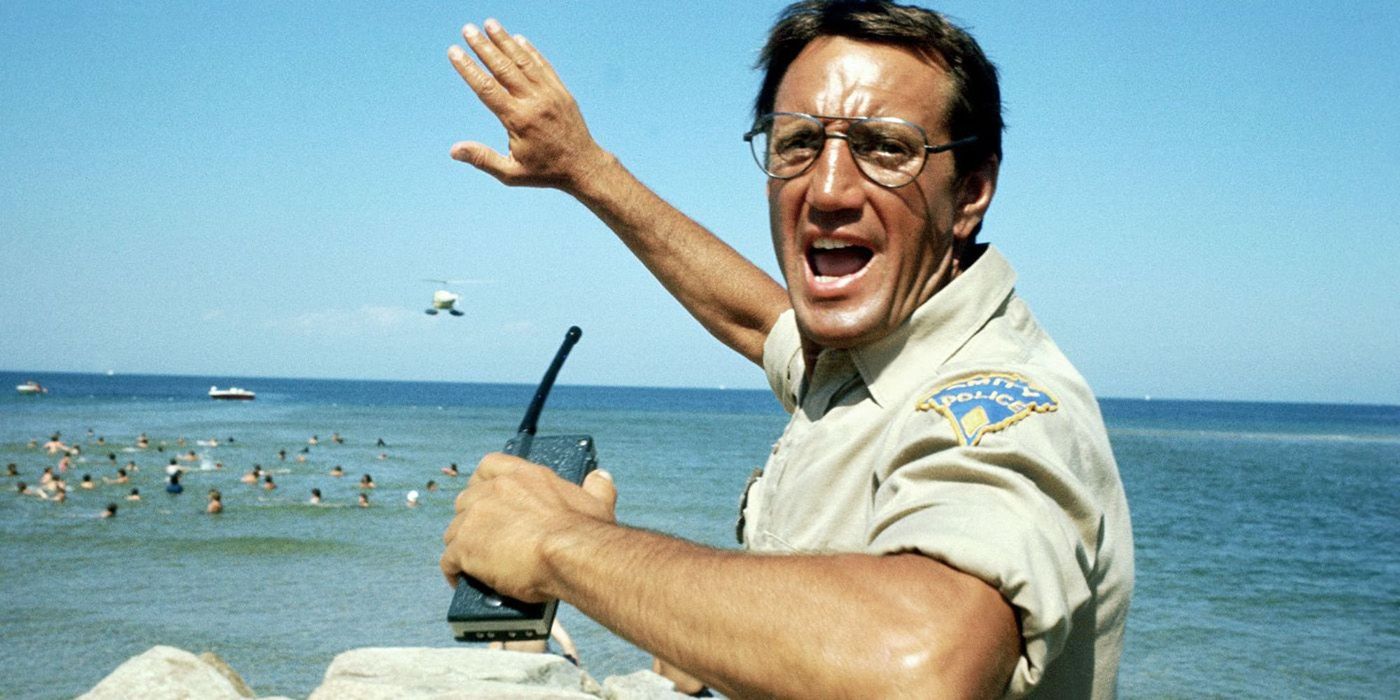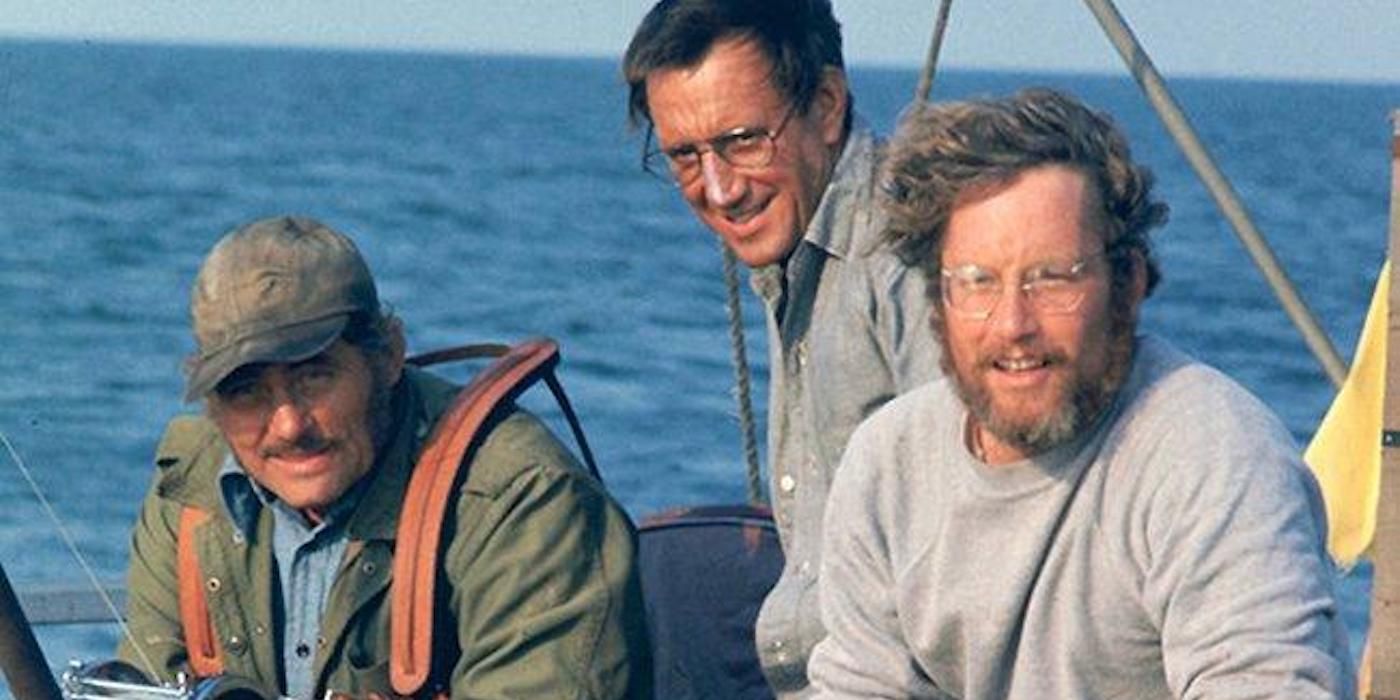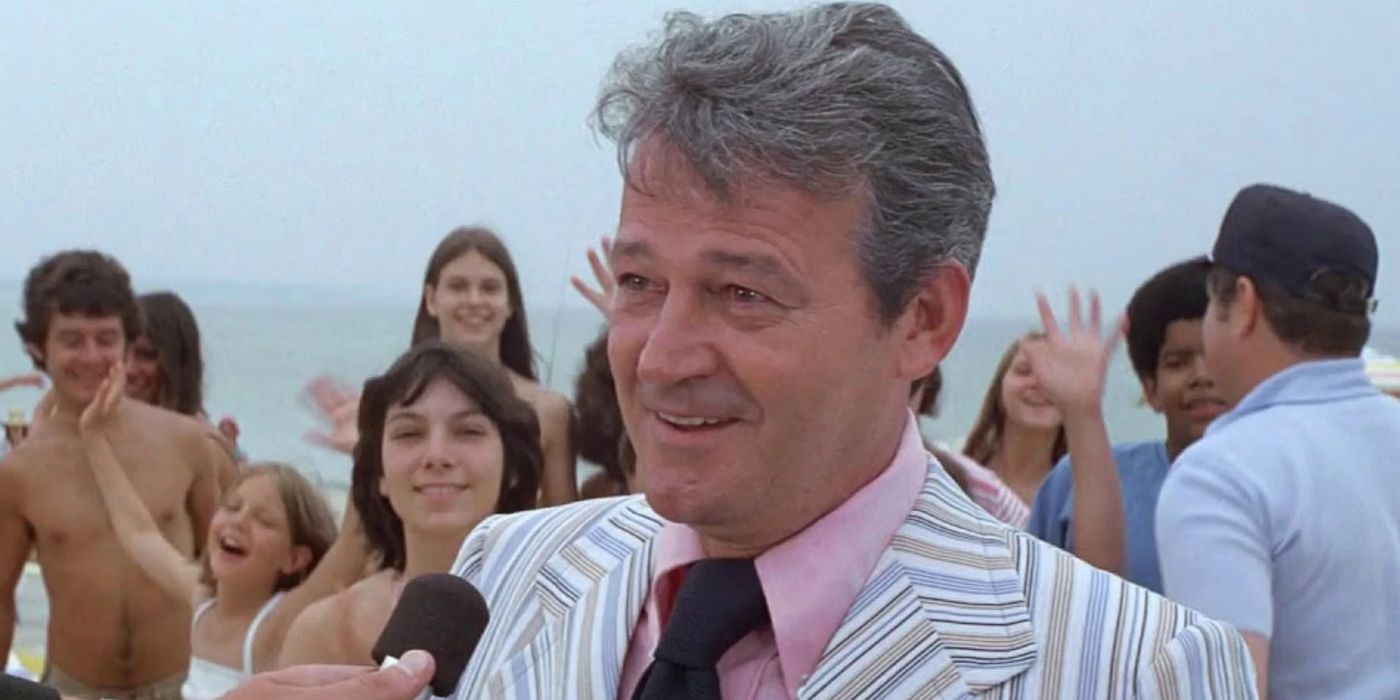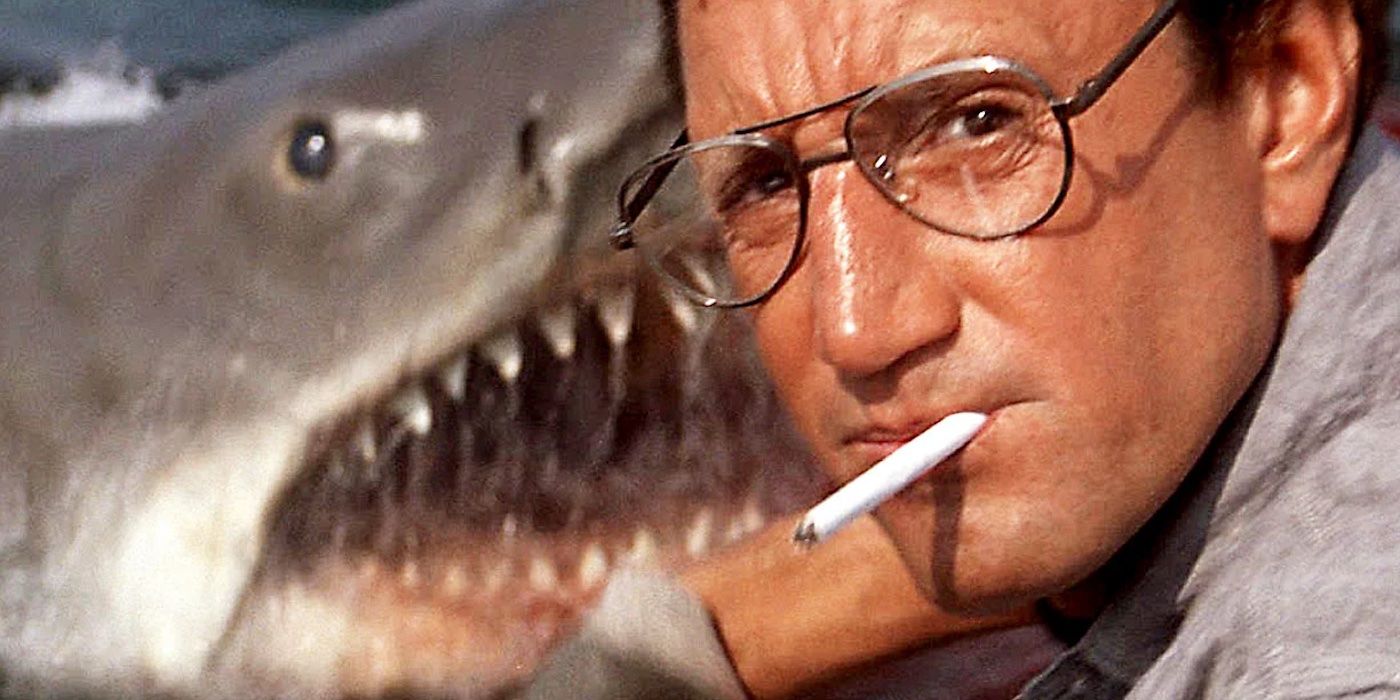The Big Picture
- Steven Spielberg made smart changes to remove outdated and offensive elements from the book, making the movie more timeless.
- The characters in the movie are made more likable and relatable compared to their book counterparts. Spielberg improved their personalities and eliminated unlikable traits.
- The film and the book have different endings, with the movie focusing on man vs. nature while the book emphasizes man vs. greed. Both mediums effectively entertain their audience.
If not for the title, one would find little to suggest that Jaws, the movie, is an adaptation of Jaws, the Peter Benchley novel. Motivations, character traits, subplots, length of appearances; even the themes differ between page and screen. The film is hailed as one of the best in Hollywood history, while the book has largely been forgotten, not helped by the author distancing himself from it in later years. Famously, the rights to the film adaptation were bought before the book had even been released, with Benchley allowed the first crack at the screenplay. Steven Spielberg, however, simply didn’t like Benchley’s screenplay and brought in others to get the script to match his vision. And so, our tale (tail?) begins.
Some changes Spielberg made were minor in comparison to others. There are three Brody children in the book, but only two in the movie. Mrs. Kintner’s (Lee Fiero) echoing slap of Chief Brody (Roy Scheider) in the film (17 takes in all) isn’t in the book at all, only a verbal confrontation between her and Brody. Speaking of the Chief, book Brody is a native of Amity, not a New Yorker like movie Brody. The Orca returns each night in the novel, but in the film, the Orca and her three-man crew stay out on the ocean. The movie shark is killed on the third day of hunting, not on the fourth day as it is on page. With all four Jaws movies just hitting Netflix, now is the perfect time to revisit the original blockbuster. (And even maybe give the three sequels another chance?)
'Jaws' Took Out Dated Elements From the Novel to Become a Timeless Classic
There is one minor change from the book that Spielberg made which, in hindsight, becomes a progressively wiser choice. Benchley's novel contains some ugly homophobic and racial undertones, which clearly have not aged well. For example, a character explicitly worries that if the town loses money, it'll be known as "Harlem by the sea." In fairness, it's not known if Benchley's screenplay contained these elements, but Spielberg's decision to keep that away from the film was simply smart, adding a timeless quality to the film that instantly dates the book.
The Movie Version of 'Jaws' Makes the Characters More Likable
One of the biggest issues Spielberg had, and the first major change, was the likability of the characters. Long story short, you want the shark to eat the characters in the book. Brody in the book is Amity born and raised, with no water phobia (except the fear of being alone in the water - we'll get to that), and he's short-tempered and violent. Movie Brody? From New York, good family man, deeply afraid of the water, and more relatable. Book Hooper is charmless and egotistical, while Quint (Robert Shaw) in the film is gentler if you can believe it, whereas he’s much crueler in the book (and no epic USS Indianapolis speech in the book).
Ellen Brody, too, is a much more complex and flawed character, with a larger presence in the book. Ellen is part of a needless subplot in the book where she has an affair with Hooper, who happens to be a former flame’s younger brother. This is born from Ellen questioning her marriage to Brody, which in turn leads to Brody flat-out trying to strangle Hooper. Movie Ellen (Lorraine Gary), despite her smaller presence, still makes an indelible mark on the film, a loving and supportive partner whose interaction with Hooper (Richard Dreyfuss) is limited to thanking him for bringing wine and a sweet malapropism: "My husband says you're in sharks."
What Role Does the Mafia Play in 'Jaws'?
A number of key plot points in Benchley's novel were also not included in the final cut of the film. Mayor Vaughn (Murray Hamilton) in the film is looking out for the welfare of the town, keenly aware that a poor summer tourist season has severe consequences for the town over the winter. He's not a villain - a shark attack had never happened in the area before, and without concrete evidence, there's no reason to suggest it will happen again. The book, however, paints a very different picture of the mayor. Vaughn's interest in keeping the beaches open has little to do with helping the town: Vaughn has connections to the Mafia, and it is the Mafia pressuring the mayor, who is in debt to the mob and needs to keep the beaches open to prevent Mafia-held real estate in the area from losing value.
The mob connection is uncovered in the book by Harry Meadows, the local newspaper editor, who is instrumental in keeping news of the first shark attack away from the public (and makes Brody the scapegoat when the second attack occurs), but in the film, Meadows (Carl Gottlieb) has a much, much smaller role, where he and the mayor confront Brody on the ferry. The divide between the rich tourists and the poor islanders is much larger in the book, with the islanders so fearful of losing tourist money, they mutilate Brody's cat for even suggesting the beaches be closed.
How Does 'Jaws's Ending Differ From the Book?
The ending of the film versus the ending in the book is radically different. The film ends on a positive, albeit virtually impossible, note. Despite the shark cage being destroyed, Hooper escapes and stays alive. Quint falls victim to the beast, Brody stuffs a tank in its maw, and as it runs towards him, he delivers a one-in-a-million shot that blows the shark to bits. Hooper resurfaces and the two paddle back to shore. The book's ending is more abrupt, realistic, and psychological. Hooper falls victim to the shark, not Quint (yet). Quint pumps a number of harpoons into the shark as it charges towards Brody, which stops just short of reaching Brody before it dies and sinks. Unfortunately, one of the harpoon ropes is tied around Quint's leg, so he is pulled down into the sea with the monster — its last victim. This leaves Brody alone on the sea, the one thing he fears the most.
After all is said and done, the biggest difference between the two is in theme. Spielberg’s take is man vs. nature, emphasizing the relevance and danger of the shark and the need to stop it before it causes more harm. The book, however, is more man vs. greed, with the danger of the shark pushed aside in order to keep tourism money coming in, to keep the beaches open. The mayor and the townspeople are so focused on summer money to survive that they have lost their humanity, where the right choice provokes outrage instead of action. What they share, though, is the desire to entertain their audience, and both mediums largely succeed in doing so.





